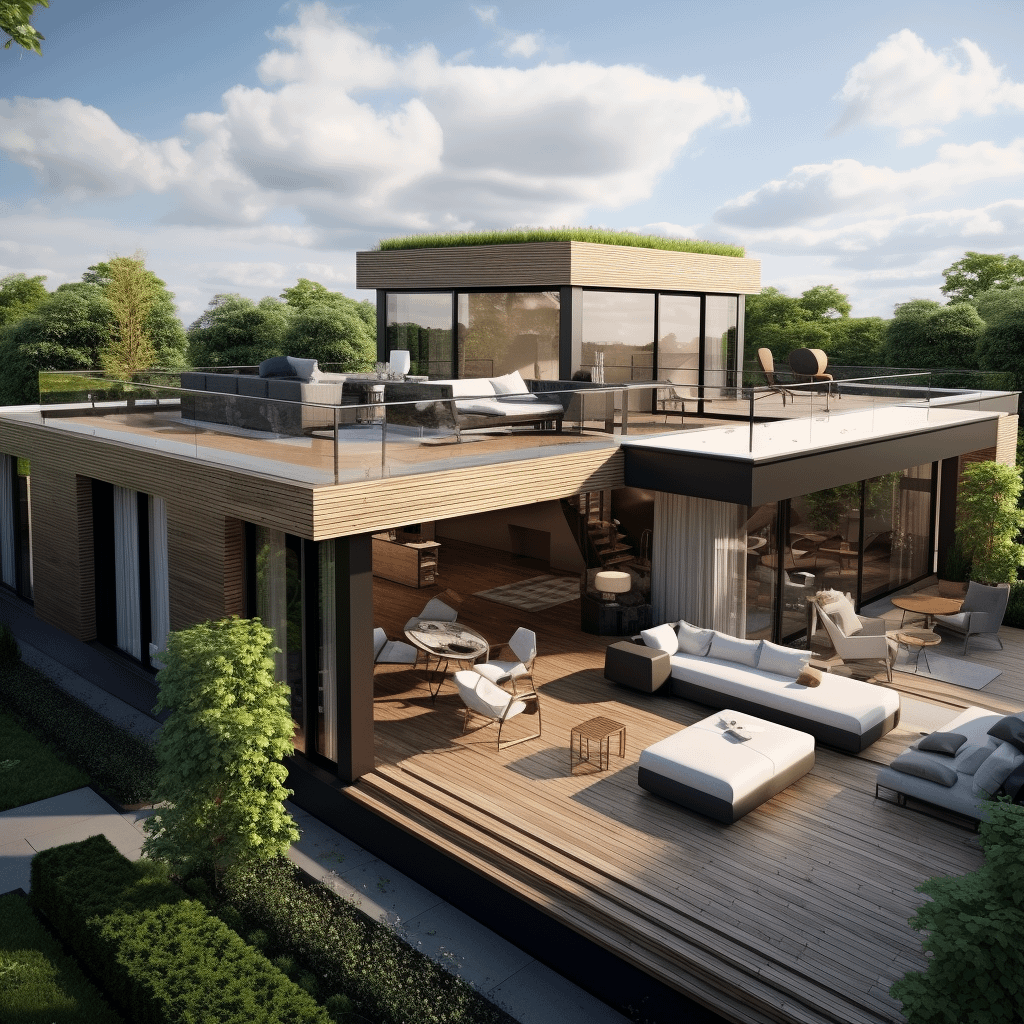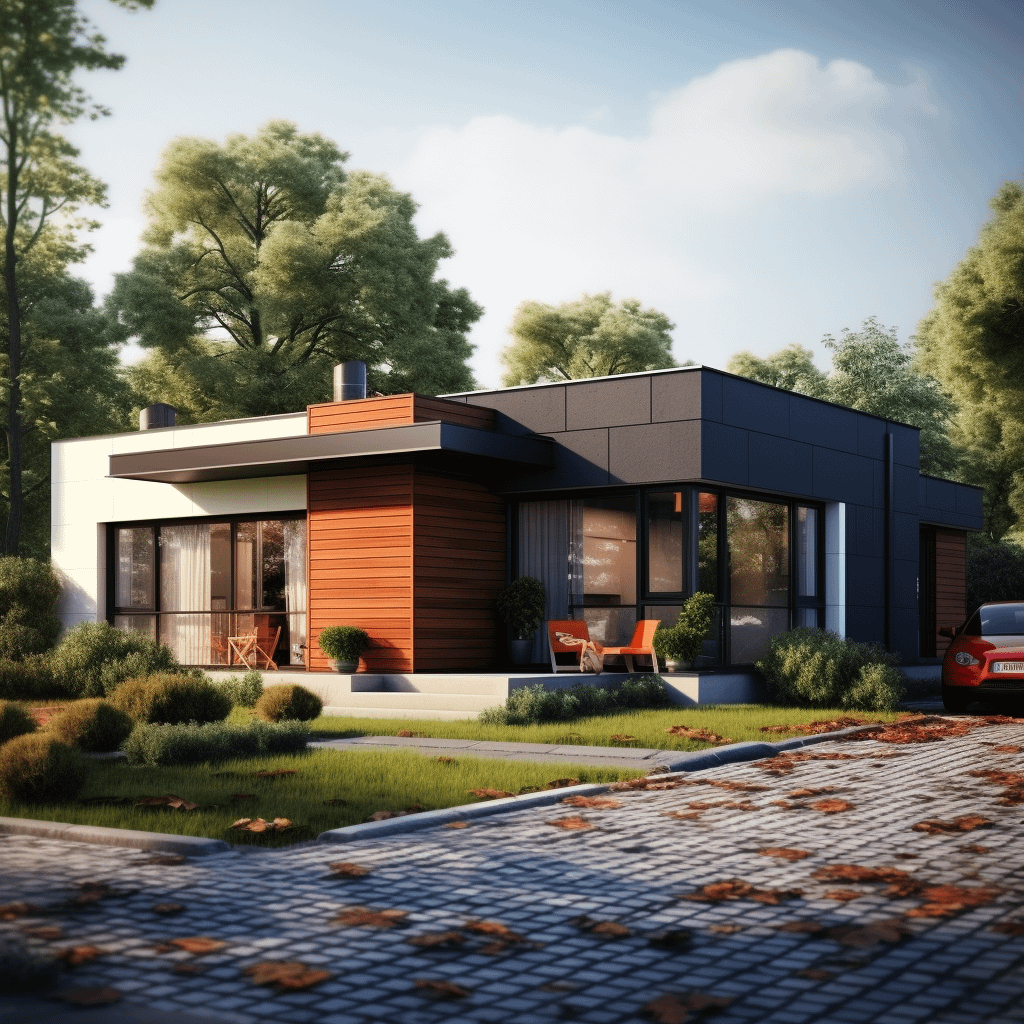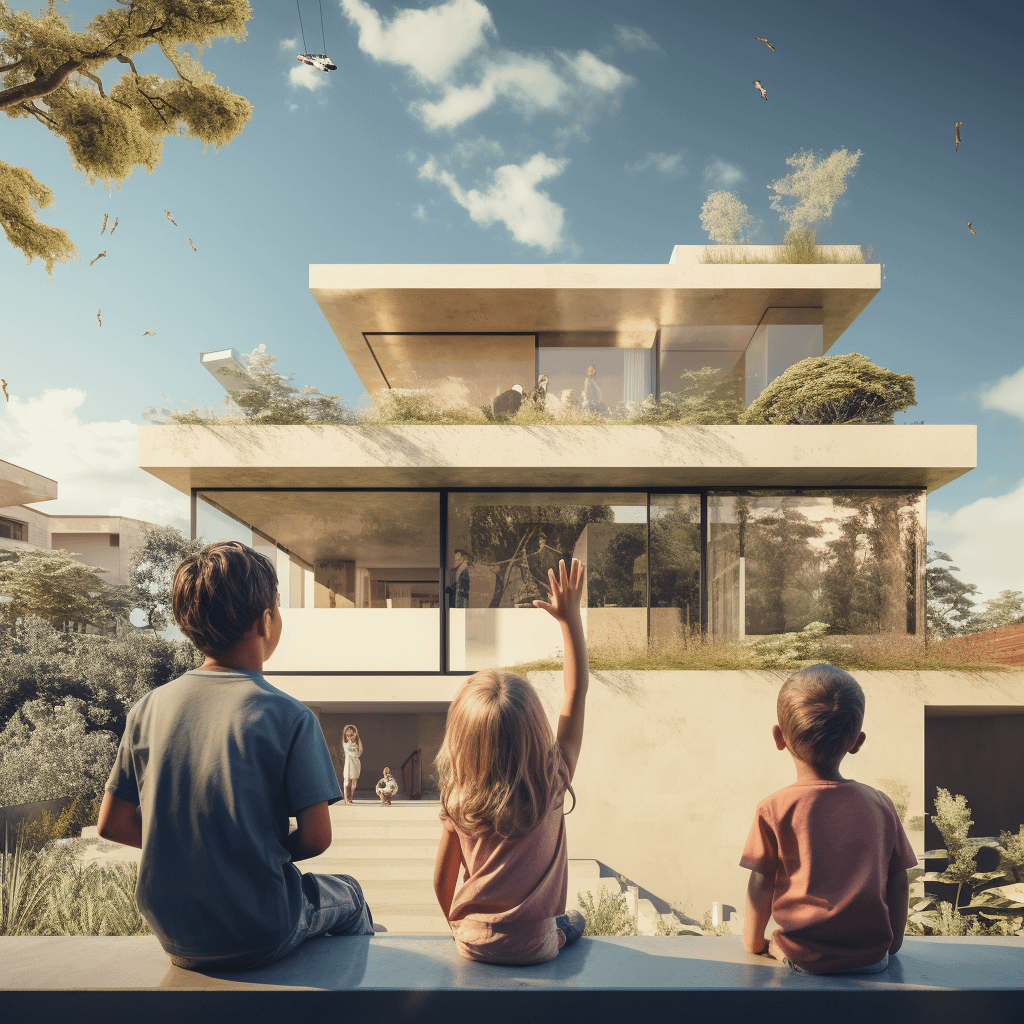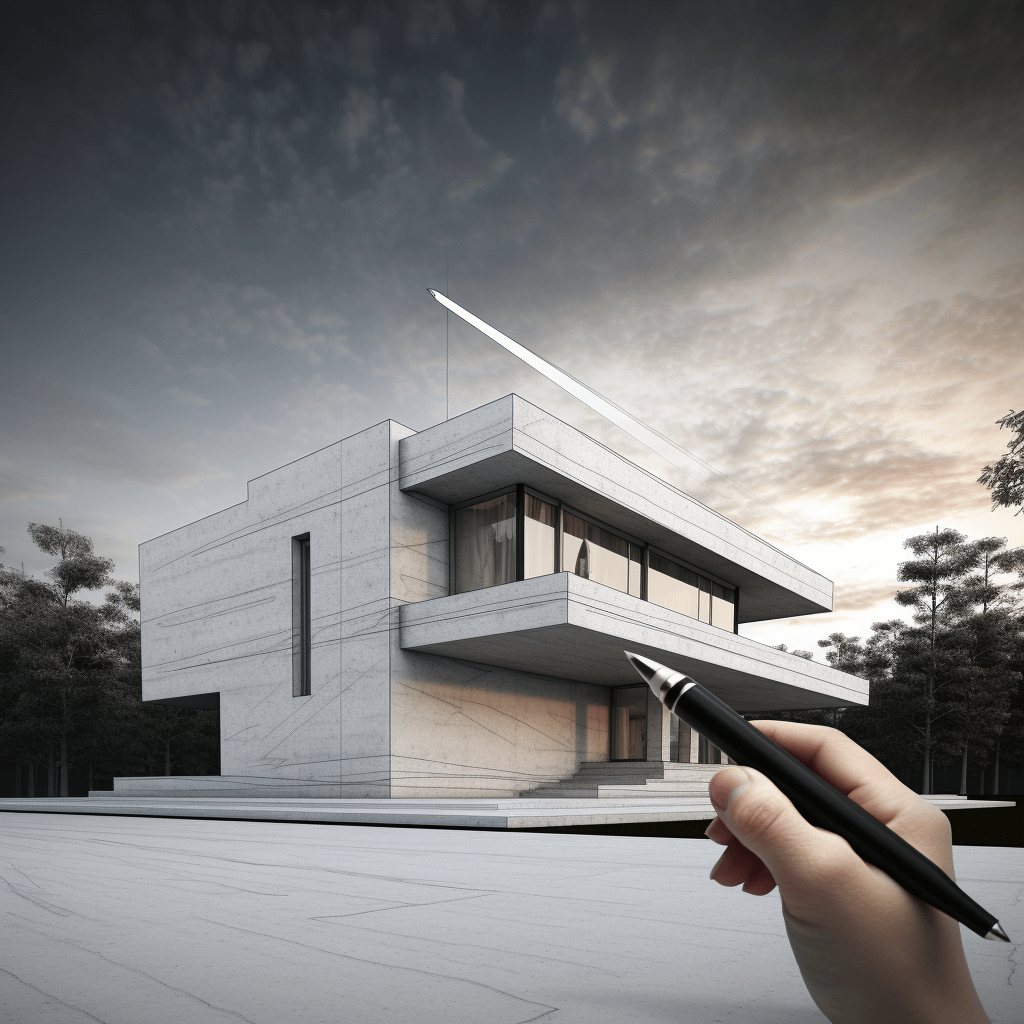Design
all stages of construction
Design with ShellBau
In order to optimise all stages of construction, we offer our patented construction technology with Shellbau panels. We can prepare a construction project for you, manufacture structures in our factory, and build your home on your plot of land. Shellbau homes are focused on sustainable, ecological, cost-effective, and rational solutions. In this era of energy and environmental challenges, it is critical to choose the right aesthetic and material approaches.
We prepare construction or renovation projects for various types of buildings and take on interior finishing or engineering supply solutions.
Why design with ShellBau?
You don't need to have answers to all the questions that arise. That's where we come in. We can provide advice, show you around, and allow you to experience things firsthand. We consult throughout the entire construction process, starting with choosing the plot of land and finishing with interior possibilities. Modern digital technologies offer the opportunity to visualize your dreams, modify them, and choose from multiple options.
The crucial part of building a home is the design. During the design phase, there's time to imagine, search, change, solve problems, return, start, or otherwise immerse yourself in positive emotions before the most responsible stage – building your dream home on the chosen plot of land. The design stage requires the most patience, while construction must be precise and swift.
A wide selection of building, finishing materials, and structural solutions allows us to precisely bring your plans and visions to fruition. High energy efficiency requirements encourage us to seek optimal and straightforward solutions that can be implemented quickly. Our 12 years of experience in construction material sales allow our customers to choose high-quality and time-tested materials from foundations to keys and complete the construction of a home up to 100% completion.
In our production facility, we manufacture building structures based on our own or other designers' prepared projects. Our patented building element assembly system allows us to adapt various projects, adapting them according to modules or precisely fulfilling the builder's intentions. You can choose from existing standard projects.
Before commissioning a project, we recommend preparing a design brief: the type of house should be specified with the following in mind: how many and what kind of rooms it will have, the architectural style, and other important aspects that matter to you. Therefore, before ordering a project, we recommend completing this table:
Tips for planning your project:



When planning a residential home, it’s essential to determine the key factors that will influence the optimal functionality of the house to provide a high quality of life. In many cases, these key factors include the cardinal directions (north, east, south, west), prevailing wind directions, the location of the driveway on the plot, the building’s footprint, the intended yard area, and the views from the plot (towards the city, river, forest, etc.). However, there can be additional factors such as nearby noisy roads, tall neighbouring buildings, hilly terrain, or other specific site features that require proper evaluation.
The orientation of the plot and the house in relation to the cardinal directions also affects the amount of natural light inside the house. For example, rooms on the north side of the house will be in shade throughout the year, so it’s best to avoid placing living and bedroom spaces there. It’s essential to have as many windows as possible facing south, as this will help reduce heating costs. These windows should be highly insulated and soundproofed, and exterior shading devices like awnings or blinds should be installed above or in front of them. This will ensure a warm interior in winter and a cool one in summer.
The main living area of the house should typically be oriented to the south. The midday sun illuminates and warms the southern spaces, making it pleasant to spend time there throughout the day. During the workweek, family members often spend most of their time together at the dining table. There’s nothing more enjoyable than discussing the day’s events with your family against the backdrop of a stunning sunset outside the window. The prevailing wind direction is another crucial factor. The dominant wind can come from any cardinal direction. It can be strong or weak, cold or warm. If the wind is weak and blows from the south, it can be used for natural ventilation in the building.
For homes located in areas with a prevailing northerly wind, the building’s form should allow the wind to “slide” over the roof or have trees or shrubs planted as windbreaks to block the wind. To properly manage the wind, it’s necessary to plant compositions of coniferous and deciduous trees near the house. Conifers will shield the building from direct wind throughout the year, while deciduous trees can be planted in a way that directs indirect wind towards the house in the summer. Deciduous trees are planted in such a way that in the summer, by forming a barrier, they direct indirect wind into the building, and in the winter, when the leaves fall, the barrier is no longer effective and the cold, indirect wind does not enter the building. Deciduous trees have leaves in summer and no leaves in winter. This property of deciduous trees can be exploited to solve overheating problems in rooms with glass facades. In summer, the leaves of trees that have grown leaves form an impenetrable barrier to sunlight. This protects not only the glass windows but also the external walls of the building from excess heat. In winter, when leaves have fallen, the windbreaks no longer block the sun’s rays, and interior spaces are filled with pleasant sunlight and warmth.
One or two floors?

- Simpler construction.
- Easier and more convenient planning and living.
- No need for stairs.
One of the common questions we hear from clients is, “The plot is small, so should we build a two-floors house?” However, the decision between a single-floor or two-floors house should be made after a thorough analysis of the builder’s needs, plot characteristics, and adjacent properties. It’s essential that the house is well-designed, efficient, and suits the client’s preferences. As of today, about 80% of orders tend towards single-story structures. Advantages of a single-floor house include:
Building a garage costs as much as constructing a house – it requires foundations, walls, and a roof. To optimize the project, it's recommended to choose a roofed carport instead.
It's recommended to consider a better solution – designing a terrace next to the house. It will serve as a substitute for a balcony, a gazebo and a covered veranda. Whether it's a glazed terrace with a frame, or a frameless sliding structure, you'll have an additional leisure space even when the weather is less favourable.
A fireplace is often a dream associated with owning a home. However, it's essential to know that installing a fireplace can be expensive. It requires both a chimney and the fireplace itself, making it a complex addition, especially in an A+ energy-efficient house. The installation costs can be significant, but fireplaces are often used only a few times a year.
It is recommended to choose certified and standardised building materials. Leveraging our extensive experience in the construction sector, along with Shellbau panels, we can supply various building materials. We work directly with globally recognized manufacturers or their distributors, allowing us to offer competitive prices below market rates. To optimise construction time and quality, we supply materials alongside Shellbau panels. You can find more information about the available range in the relevant section.


